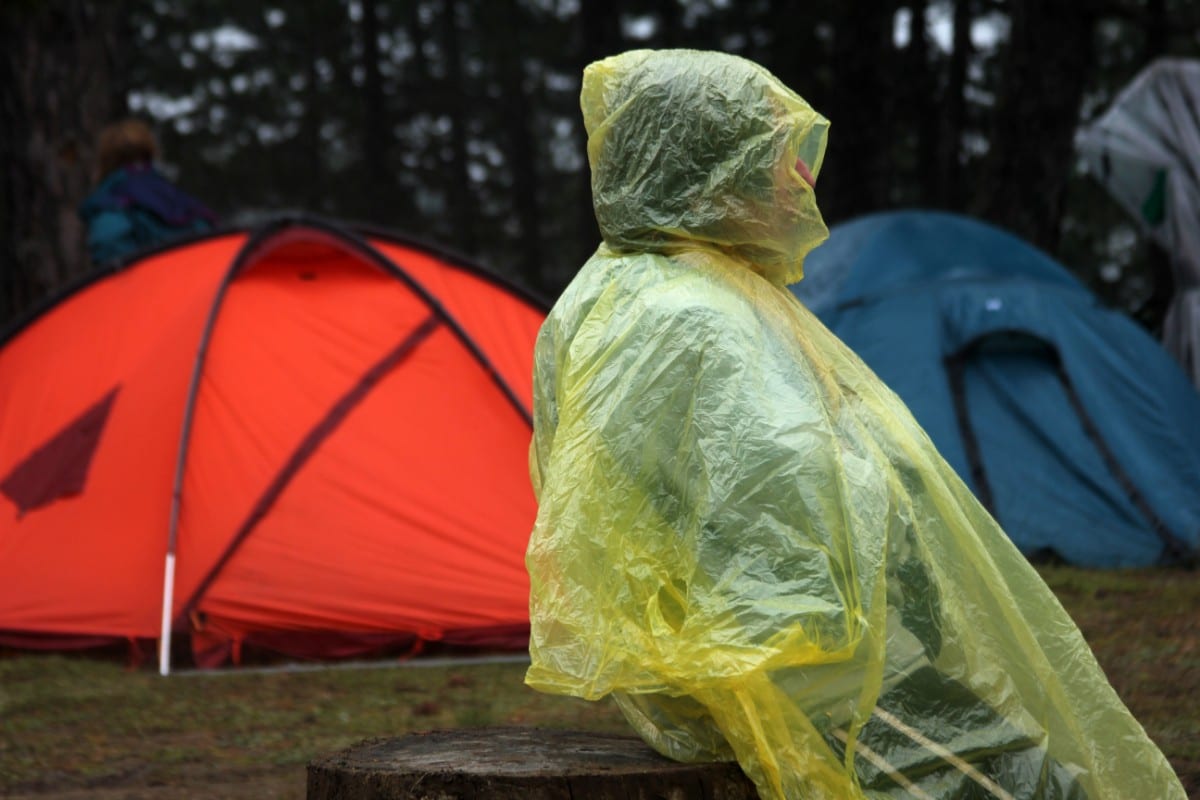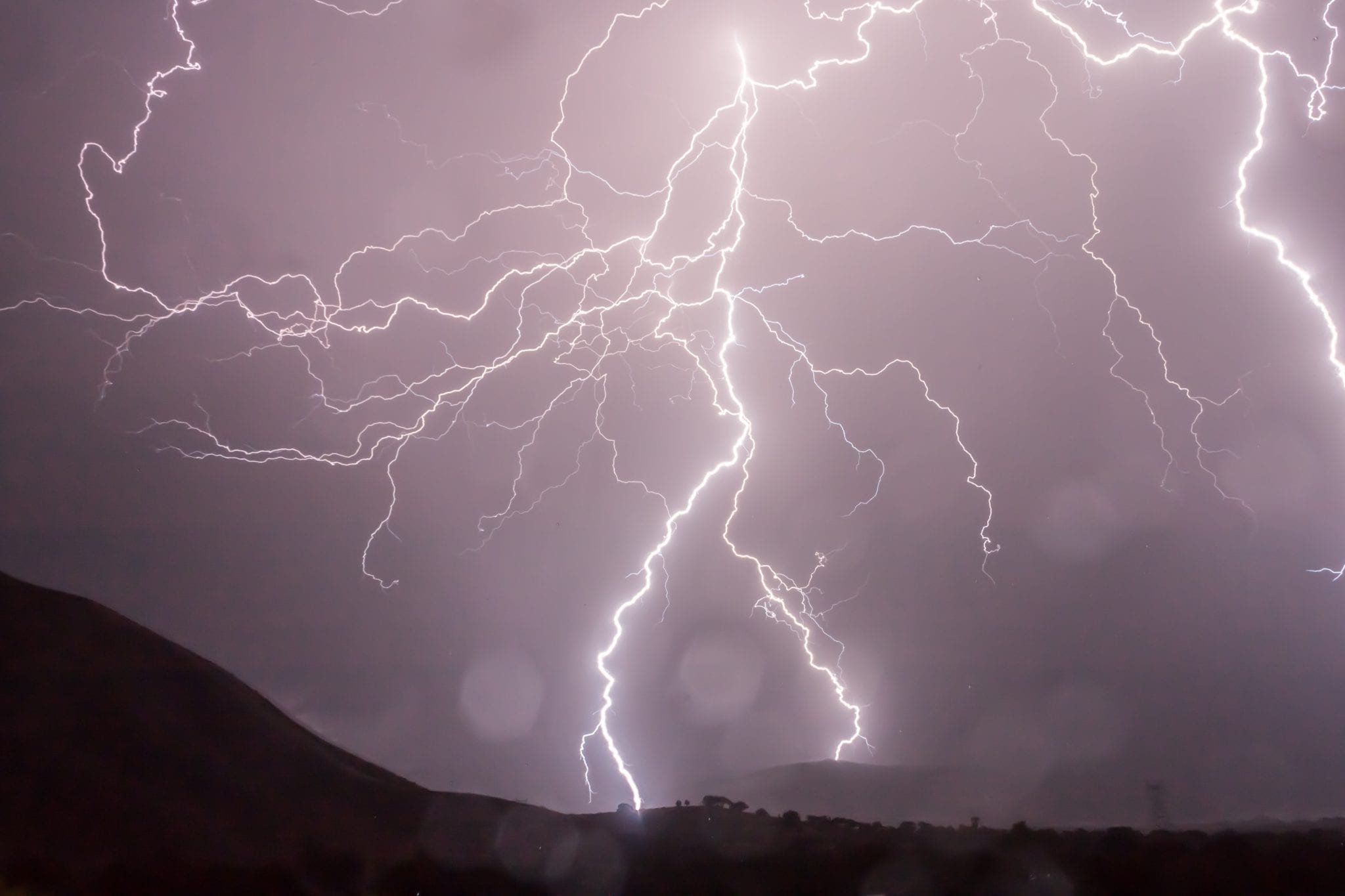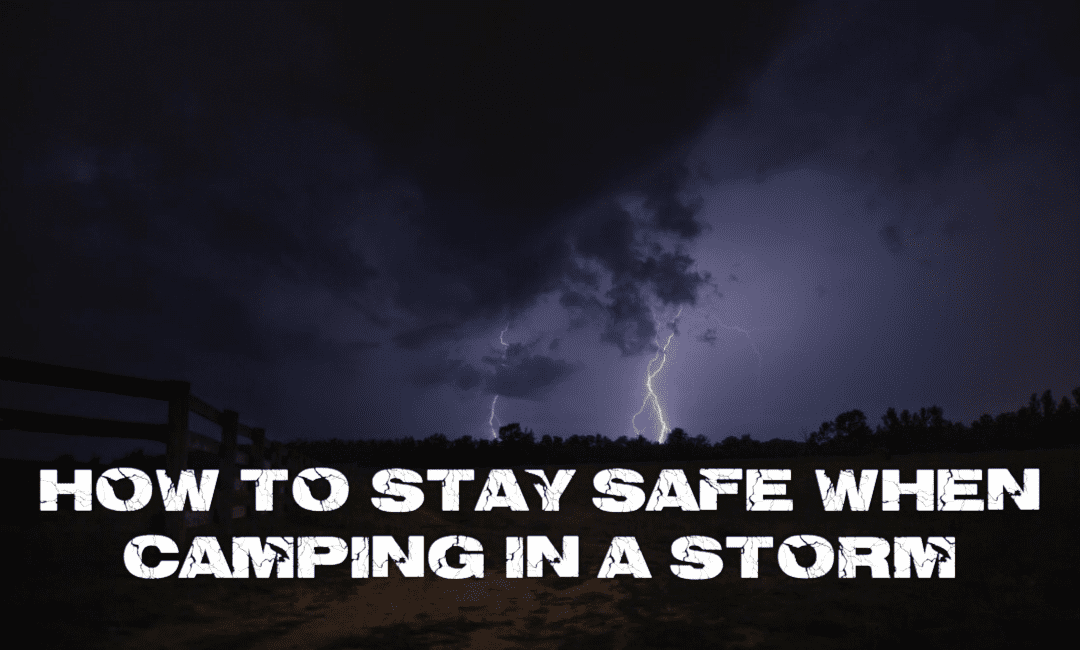Summer is the perfect time to get out and about exploring this great state of ours. But as glorious as the long sunny days are, with the warmer weather comes those wild Summer storms.
Do Your Research
If there are storms predicted you may want to cancel or postpone your trip. Now, this isn’t always possible or necessary. Some extended camping holidays are planned months in advance and it may not be worth it to cancel just for a day or two of bad weather.
However, if you are planning a quick weekend away and the weather is predicted to be less than favourable, it would be a good idea to postpone your trip for another time. No one is going to enjoy a camping trip stuck in a tent or caravan the whole time. Wait for some better weather and try again.
A reliable weather app (or two) on your phone is a must-have when you are getting ready for your camping trip. The weather can change so quickly so it is important to stay up to date. There are a few that we highly recommend:
- Windy (iOS & Android)
- Oz Weather (iOS)
- BOM Weather (iOS & Andriod)
- WillyWeather (iOS & Andriod)
If there has been recent rain in the area you are travelling to it is also a good idea to check for any park or road closures. This information is updated regularly on the Queensland National Parks website.
Before You Leave
If a storm or rain is predicted for your trip (or if you’re camping in Summer storm season) it is essential you take extra precautions before you leave. This will ensure you are ready for whatever the weather throws at you.
Pack additional equipment like heavy duty tarps, ropes, strong tent pegs, towels, plastic bags and dry bags. A shovel will also come in handy if you have to dig any trenches for draining water away. Make sure you also pack your weatherproof gear, most importantly, a good jacket and shoes. A rain poncho and gumboots would suffice at the very least, but investing in some quality waterproof clothing/footwear is a great idea if you plan on doing quite a bit of camping. Also, always pack extra socks, cold wet feet are not fun!
Make sure you also have some food options that do not require a campfire for cooking. If you end up getting stuck in the rain for a few days, a campfire is not really going to be an option. A good camping stove is essential in this situation. But remember, NEVER cook in your tent. This is where the extra tarp comes in handy providing a sheltered area to cook with sufficient room and ventilation. Just make sure there is a decent amount of space between your stove and the overhead shelter.
Preparing Your Site
Before setting up your tent, camper or caravan, think about what will happen if it does rain/storm during your stay.
- Where will the water run? Is there a slope to the site?
- Can you direct the water away from your site (preferably not into someone else’s site either)?
- Are you at risk of falling branches if there are severe winds?

If you are putting a tarp under your tent, make sure the edges are not sticking out from under the tarp. This will cause the water to pool on the tarp and run under your tent. Make sure the edges of your tent fully cover the tarp underneath.
If you are setting up in the rain, where possible, set up a large, high, tarp or gazebo first, this will give you a dry place to store your gear and set up underneath. If you don’t have room to set up under the gazebo or tarp, it looks you will be getting wet. In this case, pop on your weatherproof gear and move through setting up your gear quickly and purposefully. Familiarity and confidence with your camping gear will come in handy in this situation. If you can, set up part of your tent or camper under shelter to make your time in the rain as brief as possible.
Have plenty of towels and plastic bags on hand to keep your gear as dry as you can. Get all your outside tasks completed before moving to inside tasks, you don’t want to be taking your wet gear on and off repeatedly. Once inside its now just about waiting out the weather.
When the weather gets wild
As we know all too well, those Summer rainstorms usually come with spectacular lighting shows. As impressive as these are from the safety of your own home, they can be a little more intimidating when you are slightly more exposed to the elements.
If you do get caught in a lightning storm, the safest place is in a building or established structure (not in your tent or under a gazebo). The next best place is your vehicle. Remember to keep your hands off the car doors and turn off all equipment.

If you don’t have access to your car, find a low place and get into a crouch position, head low and balance on your heels. Avoid too much contact with the ground. Do not seek shelter under trees or small caves, the risk of a lightning strike is greater in these areas.
For more tips on what to do when caught outside in a lightning storm check out this blog post from Go Camping Australia.
Relax and Wait It Out
In most cases, Summer storms do not last long. Most are over and done with after a couple of hours. Once you have a safe place established, stay there until the storm is over. Remember to wait at least 30 mins after the last lightning strike before going out in the open.
Rain doesn’t have to ruin your trip if you are well prepared. It all just becomes part of the Summer camping experience.
What’s your go-to tip for being prepared and staying safe when camping in a storm? Let us know in the comments below.


